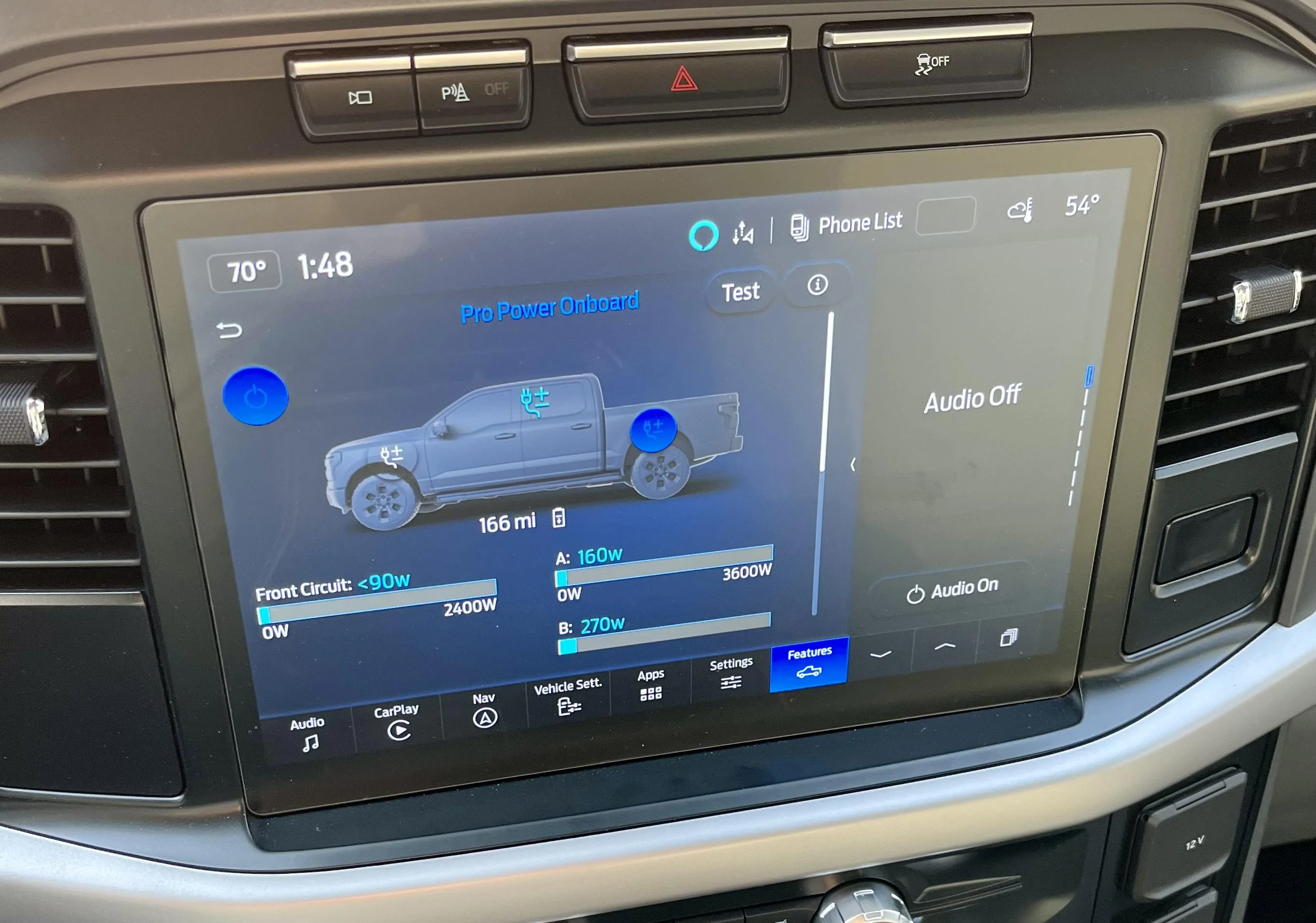Lightning Rod
Well-known member
- Joined
- Nov 27, 2022
- Threads
- 39
- Messages
- 915
- Reaction score
- 771
- Location
- North Coast
- Vehicles
- 2023 Ford Lightning Lariat ER
- Occupation
- CNC PROGRAMMER/MACHINIST
Happy to share!
I think that’s it. Double check the description/literature to make sure it says “for GFCI generators” or “neutral switching”… can always look up the item’s manual on Generac’s website to double check.
I'm going to send this thread to my electrician.
Thanks so much.
Sponsored





